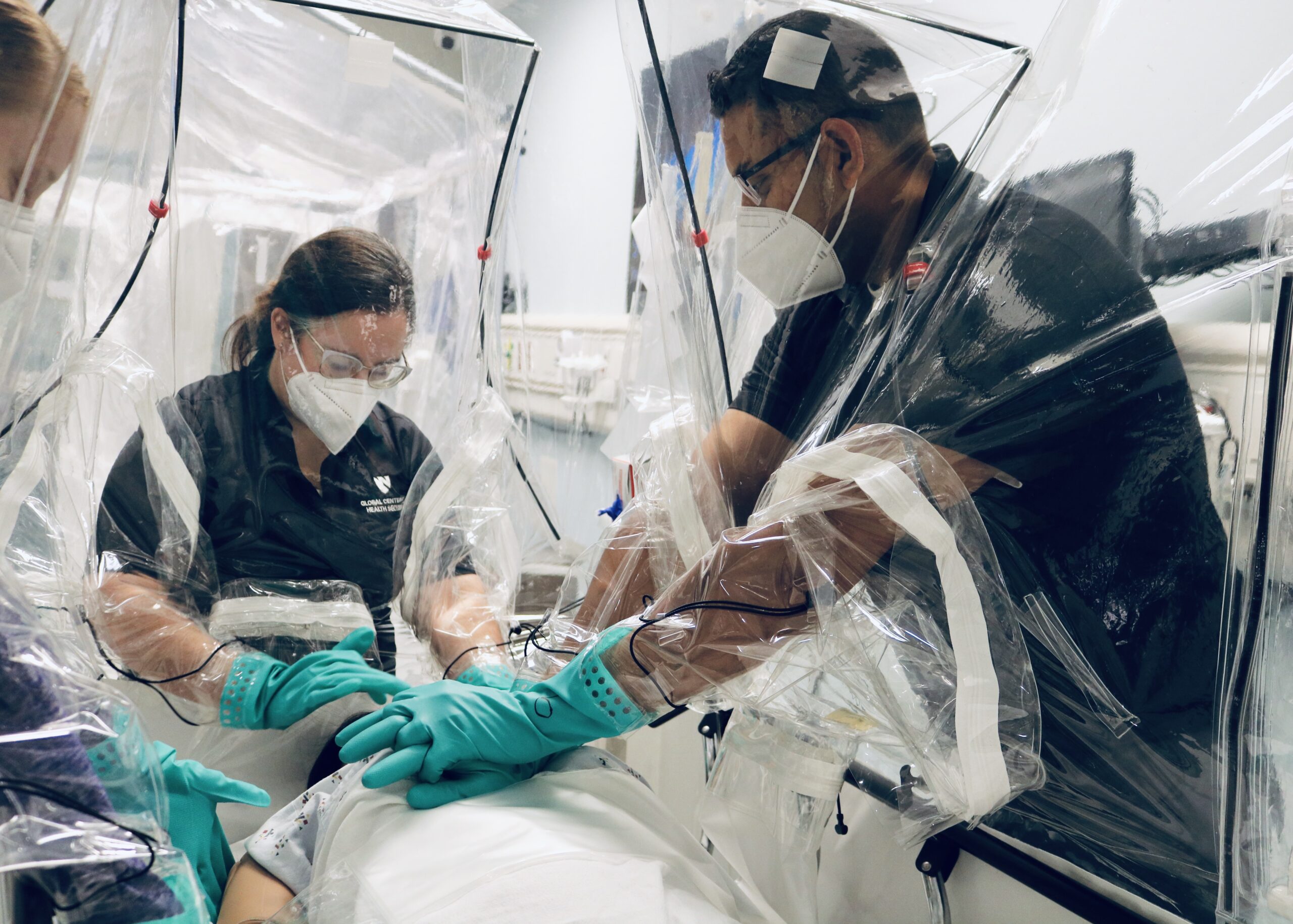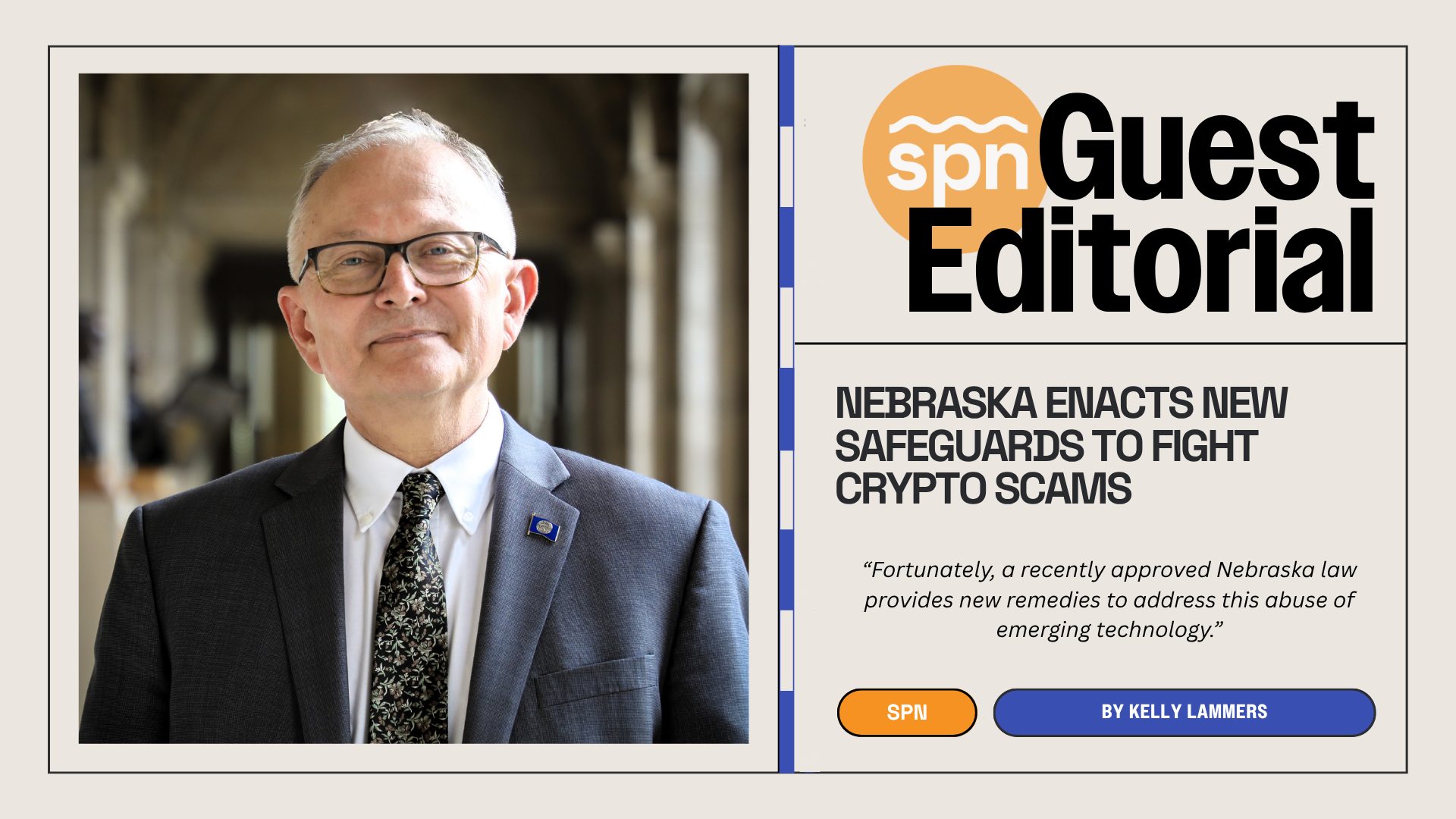The Greater Omaha Chamber has announced a three-year economic development plan to propel the region higher in national rankings and strengthen its competitive edge. Titled “A Greater Omaha,” the 2025-27 roadmap focuses on business growth, talent retention and improvements to quality of life—all with the goal of transforming the city into a top destination for both companies and workers.
“Greater Omaha has long been celebrated for its affordability, cultural vibrancy, and strong public-private partnerships. However, to ensure sustained economic growth, we must tackle pressing challenges,” said Heath Mello, president and CEO of Greater Omaha Chamber. “This strategy is a roadmap to make the greater Omaha region more dynamic, equitable and prosperous for all.”
A three-pronged strategy
The Chamber’s plan zeroes in on three main pillars—strategic business growth, brain gain and making Omaha a destination—each designed to address the metro area’s specific challenges.
Strategic Business Growth
The Chamber aims to increase job creation, boost wages and attract capital investment by supporting existing businesses and recruiting new industries. Leadership says it will engage local companies to remove barriers, proactively seek new businesses, promote entrepreneurship among underrepresented groups and advocate for pro-business policies.
“The cornerstone of a thriving economy is the creation of high-paying, primary jobs that support families and drive local investment. This strategy’s focus on attracting new businesses and removing barriers for existing companies will help ensure Omaha remains a destination for top talent and innovative industries. It’s an exciting blueprint for building a stronger and more competitive regional economy,” said Mickey Anderson, president and CEO of Baxter Auto Group.
Brain Gain
The Chamber plans to ramp up recruitment efforts targeting former residents and young professionals to reverse ongoing talent shortages. Future-focused collaborations with businesses, micro-credential offerings and inclusive leadership programs are also in the works to keep highly skilled workers in Omaha.
The measures aim to address lower-than-expected growth in retaining skilled workers, especially in key fields like technology. Omaha hopes to join the ranks of major U.S. tech hubs by improving perceptions of local career opportunities.
Destination: Omaha
With rising housing and child care costs, community leaders worry about quality-of-life factors that influence whether residents stay or go. To tackle these issues, the Chamber will advocate for policies that expand access to affordable housing, child care and efficient transportation while launching a new branding campaign highlighting Omaha’s strengths.
“By addressing infrastructure, housing and quality of life, we’re creating an environment where businesses can thrive and employees want to live and work,” said Kevin Welker, senior vice president at Kiewit Building Group and chair of the Chamber’s Economic Development Council.
An exciting vision
Local business leaders and Chamber officials say the timing of A Greater Omaha is critical, as the city currently ranks sixth in competitiveness among peer communities, like Des Moines and Kansas City. Although Omaha enjoys a strong reputation for affordability, a vibrant cultural scene and partnerships between the public and private sectors, stakeholders acknowledge there is room to grow in areas like innovation, entrepreneurship and wage growth.
“I am proud of our ambitious vision for Greater Omaha’s future,” said Beth Whited, president of Union Pacific Railroad and chair of the Board of Directors for the Greater Omaha Chamber. “By focusing on strategic business growth, expanding our workforce, and enhancing quality of life, we are building a stronger community foundation where people and businesses thrive.”
Carmen Tapio, founder and CEO of North End Teleservices LLC and immediate past chair of the Chamber, added, “We believe this plan enables us to build on our progress, drive innovation, and create lasting economic growth for everyone, in every place and space in our community.”
Balancing growth and fiscal responsibility
As the Chamber seeks to unlock federal funding for workforce development and assist smaller, diverse businesses, it also plans to maintain a careful eye on fiscal prudence.
David E. Cota, executive vice president of Banking at First National Bank of Omaha and treasurer of the Board of Directors for the Greater Omaha Chamber, said, “In A Greater Omaha, we are prioritizing strategic investments in key drivers of sustainable growth. By focusing on measurable outcomes, we’re ensuring that resources are allocated effectively to create long-term prosperity for our community.”




